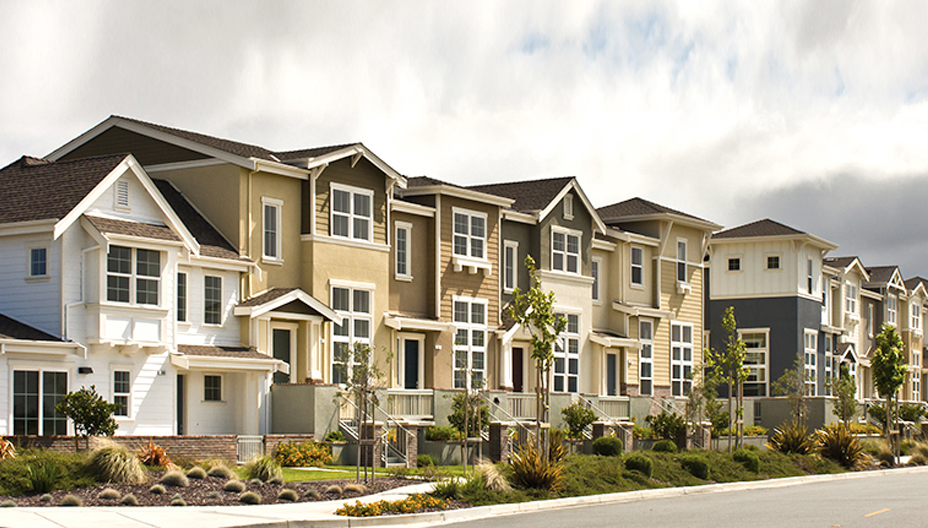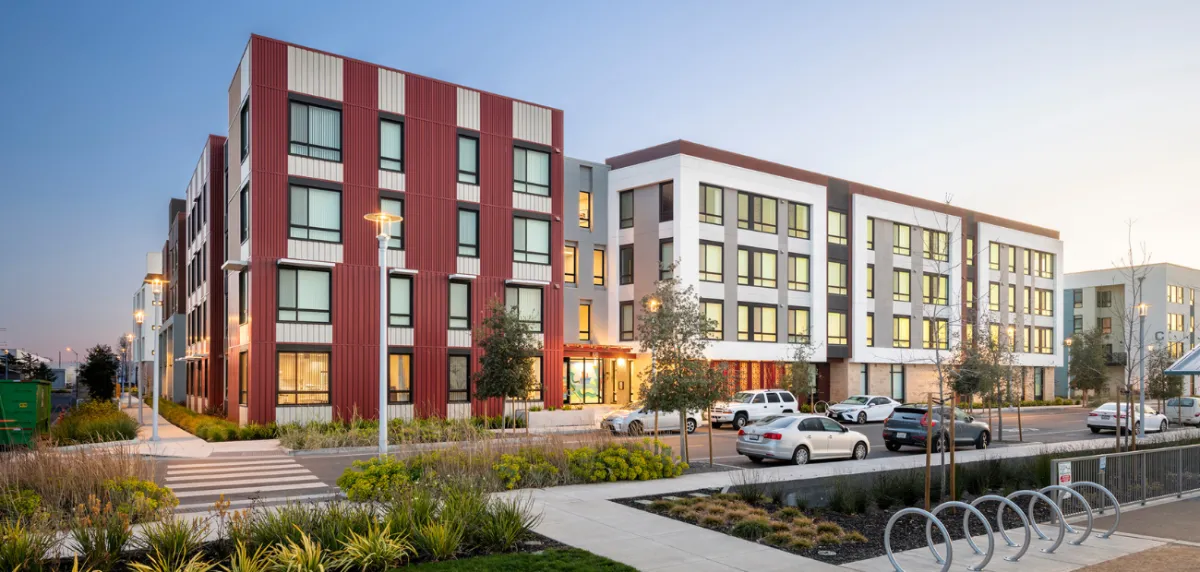Multifamily acquisition yields and price per unit have hovered at record lows for several years despite Treasury yields moving up and down by more than 150 basis points during that time. What does that mean for pricing? Yardi Matrix spells it out in its newest report on the asset class: it means investors are willing to pay up even as market conditions change. The average price per unit in 2019 was $155,000, up 8.8% from 2018, it notes.
One troubling exception to this pricing trend is New York City, where multifamily property values were hit hard by the new rent control law that limits rent growth, the ability to bring vacant units up to market rates and the ability to raise rents in conjunction with property repairs, the report notes. “Transaction activity for rent-stabilized apartments fell off in the second half as owners tried to determine how much values have fallen, with estimates ranging between 25% and 50%,” it said.
Leaving the New York market aside, Yardi Matrix declares that investor demand for multifamily is likely to remain insatiable, with transaction volume just below record highs in 2019.
One reason the sector will remain in demand among equity investors is its stable cash flows, Yardi Matrix says.
On the debt side, Fannie Mae and Freddie Mac have a combined $160 billion of allocations for 2020, while other lenders including CMBS and private equity are trying to increase multifamily originations.
On the equity side, transaction activity maintained its robust pace in 2019, with $108.8 billion of multifamily properties traded. Although that’s down 6.0% from 2018’s record high, it is the second-highest year for volume and the fourth consecutive year with multifamily transactions topping $100 billion, according to the report.
Yardi Matrix even speculates that investor demand could increase as the cycle lengthens and buyers look for a safe landing spot for capital, noting that multifamily is a safer bet than other property types in the event of a downturn.
For example, office must deal with weakening demand from workplace trends, and retail is only beginning to work through the fallout from growth in online shopping. “Many investors are counting on demand for apartments to remain relatively consistent even if the economy weakens due to demographic and social trends,” it concludes.











